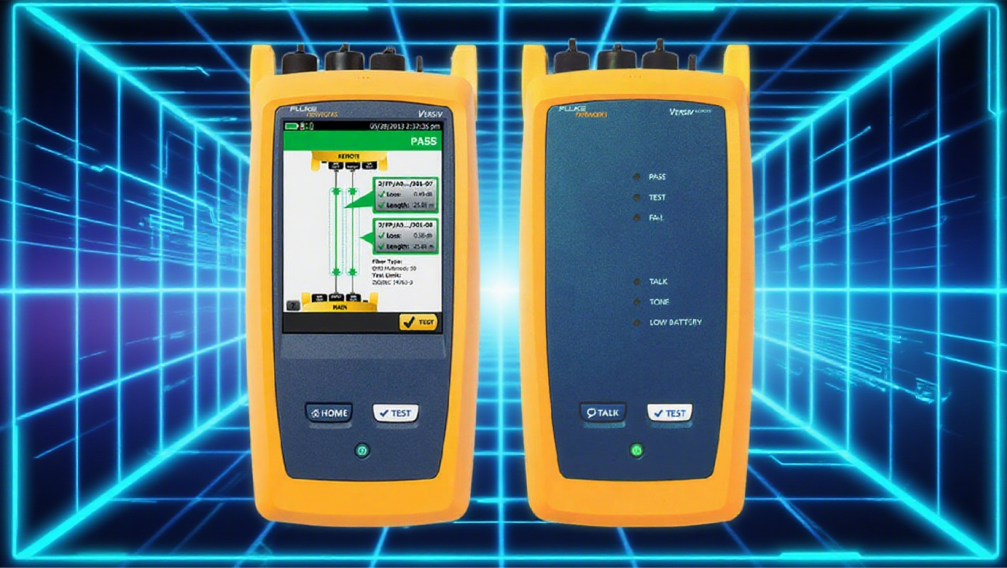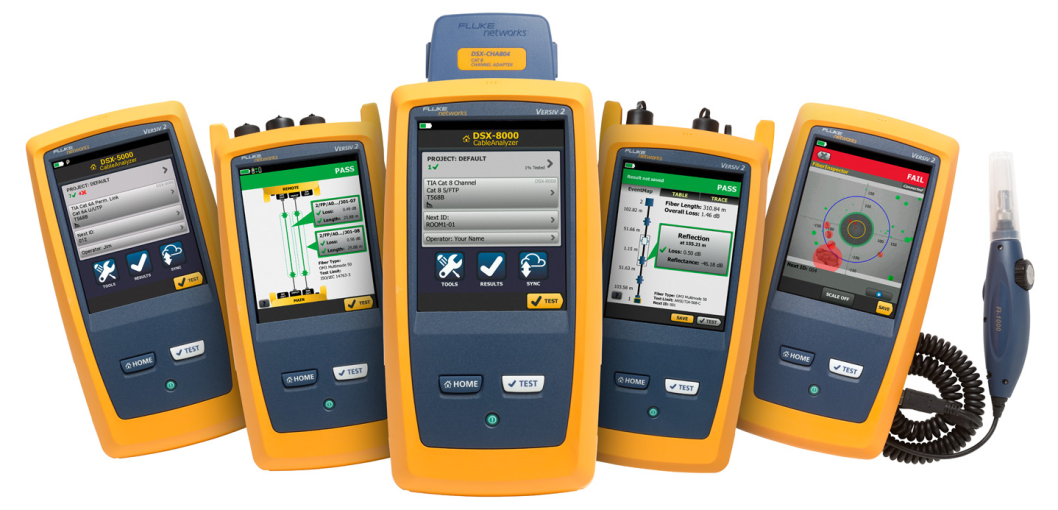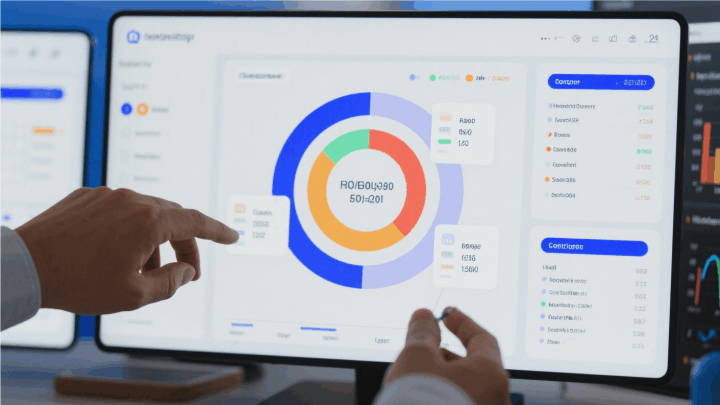- Language
Comprehensive Test
By establishing a dynamically updated 'global standard database', Qinke Skills integrates the testing requirements of corresponding regions in the early stages of product development, avoiding rework caused by non-compliance with standards in the later stage and ensuring product compliance from the source.

1. Build a full process testing system to match diverse certification requirements
To meet the testing standards of different regions, the company has established a testing system covering the entire product lifecycle:
Pre testing during the R&D phase: After the design scheme is determined, the internal laboratory simulates the testing environment of the target market to conduct preliminary testing of product performance, safety, environmental protection and other indicators, and identify potential non conformities in advance;
Third party authoritative certification cooperation: Establishing long-term cooperation with multiple well-known third-party testing institutions around the world (such as SGS, T Ü V, Intertek, etc.), entrusting them to conduct formal testing and obtain certification certificates according to the requirements of different regions, ensuring the credibility and recognition of test results;
Consistency verification before mass production: In the small batch production stage, samples are taken for standard compliance testing again to verify whether the mass production process affects the product's compliance with regional standards, ensuring the consistency between the batch products and the certified samples.
2. Customized adjustment capability, flexible adaptation to regional differences
The testing standards in different regions may vary in details, such as safety thresholds, testing methods, labeling requirements, etc. for the same type of product. Qin Technology has strong customization and adjustment capabilities:
-For electrical products, the circuit design can be adjusted according to the voltage standards of different countries (such as 110V, 220V);
-For products related to environmental protection, the selection of raw materials can be optimized based on regional restrictions on harmful substances, such as lead and mercury content;
-In terms of product labeling, instruction language, etc., localization adaptation will also be carried out according to the specifications of the target market to ensure compliance with local compliance requirements.
In the testing system of network signal products, network cables serve as the core carrier for signal transmission, and their performance directly affects network stability and transmission speed. Qin Technology adopts the Fluke testing standard to conduct authoritative testing on network cables and links, ensuring that the cabling system complies with international standards. The following are specific testing standards and execution details:

Network cable
1. Core testing standards: TIA/EIA-568-C and ISO/IEC 11801
The basis for Fluke testing is the globally recognized comprehensive cabling standard, which mainly includes:
North American standard: TIA/EIA-568-C (currently the latest TIA-568-2-D), covering performance requirements for Category 5e (Cat. 5e), Category 6 (Cat. 6), Category 6 Enhanced (Cat. 6A), Category 7 (Cat. 7) and other network cables;
International standard: ISO/IEC 11801, consistent with TIA standard in core indicators, with slight differences in some details (such as shielding performance testing). Qin Technology will choose the corresponding standard according to the target market for implementation.
The differences in Fluke test indicators for different types of network cables are shown in the following table:
Cat.5e: Maximum transmission rate of 1000Mbps; Test frequency range 1-100MHz; Core mandatory indicators include attenuation, crosstalk (NEXT), return loss (RL), and comprehensive attenuation crosstalk ratio (ACR-N)
Cat. 6: Maximum transmission rate of 10Gbps (short distance); Test frequency range 1-250MHz; New core mandatory indicators include Near End Interference Power (PSNEXT) and Comprehensive Near End Interference Power (PSACR)
Cat.6A: Maximum transmission rate of 10Gbps (100 meters); Test frequency range 1-500MHz; New core mandatory measurement indicators include Alien Crosstalk (ANEXT/PSANEXT) (External Crosstalk, Anti Neighbor Line Interference)
Cat.7; The maximum transmission rate is 10Gbps (100 meters); Test frequency range 1-600MHz; Mandatory shielding testing of core mandatory indicators (shielding attenuation, transfer impedance), strengthening requirements for crosstalk and return loss.
2. Key testing items and criteria for Fluke
Qin Technology uses professional testers such as Fluke DSX-8000 to perform full parameter testing on network cable links (including the cable itself, crystal heads, patch panels, and other termination components). The core projects are as follows:
Attenuation
Definition: The decrease in signal strength caused by network cable resistance and dielectric loss during transmission;
Criterion: The attenuation value at different frequencies should be lower than the standard limit (such as Cat. 6 attenuation ≤ 21.6dB at 250MHz). Excessive attenuation will cause remote devices to be unable to receive signals.
Crosstalk
Near end crosstalk (NEXT): Signal interference between adjacent line pairs at the same end, with higher frequencies resulting in more pronounced interference;
Power and Near End Interference (PSNEXT): The total interference of all adjacent line pairs to the target line pair (required to be measured for Cat.6 and above);
Far end crosstalk (FEXT)/comprehensive attenuation crosstalk ratio (ACR-F): The interference between far end line pairs needs to be combined with attenuation to calculate the "effective signal margin", and ACR-F ≥ 0dB is considered qualified.
Return Loss (RL)
Definition: Signal reflection caused by impedance mismatch of network cables (such as poor crimping of crystal heads or uneven wire quality);
Criterion: The reflected signal must be lower than the incident signal (e.g. RL ≥ 12dB at 500MHz for Cat.6A), and excessive return loss can cause signal superposition distortion.
Alien Crosstalk (ANEXT/PSANEXT)
Definition: Interference between adjacent cables of different cable bundles (only required for Cat.6A and above), commonly found in high-density cabling scenarios;
Criterion: It is necessary to simulate the actual wiring environment through a dedicated testing fixture to ensure that external interference does not affect transmission.
Length and impedance
Length: The length of a single segment network cable link is ≤ 100 meters (TIA standard), and Fluke calculates the actual length based on signal transmission delay;
Characteristic impedance: The standard impedance of twisted pair cables is 100 ± 15 Ω, and impedance fluctuations can cause signal reflection.

3. Qin Technology's Fluke Test Execution Specification
Full link testing coverage
Not only testing the network cable itself, but also including the "permanent link" (from the patch panel to the information point) and "channel link" (from the user end equipment to the switch, including jumpers) to ensure end-to-end performance meets standards.
Test report compliance
After completing the Fluke test, a compliance report will be automatically generated, which includes: test standards (such as TIA-568-2-D), network cable types, link identification, comparison of measured values and limits at each frequency point, and final criteria (PASS/FAIL). The report can serve as an authoritative basis for customer acceptance and project bidding (such as data center and enterprise park cabling projects).
Linkage between production and quality inspection
Incoming inspection: Conduct sampling and Fluke testing on the purchased network cable raw materials to prevent inferior wire from entering production;
Finished product testing: Conduct 100% full parameter testing on customized Ethernet cables (such as industrial grade Ethernet cables with shielding layers and ultra long cables) to ensure that each cable meets the wiring standards of the target market (such as the requirement in EU data centers that Cat.6A and above cables must pass Alien crosstalk testing).
By strictly implementing the Fluke testing standards, Qin Technology's network cable products and wiring solutions not only meet international standards, but also adapt to the high bandwidth requirements of network signal equipment such as routers and switches, ensuring the stability and efficiency of network signals from the transmission link source.



